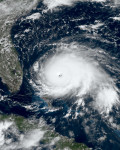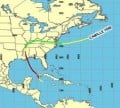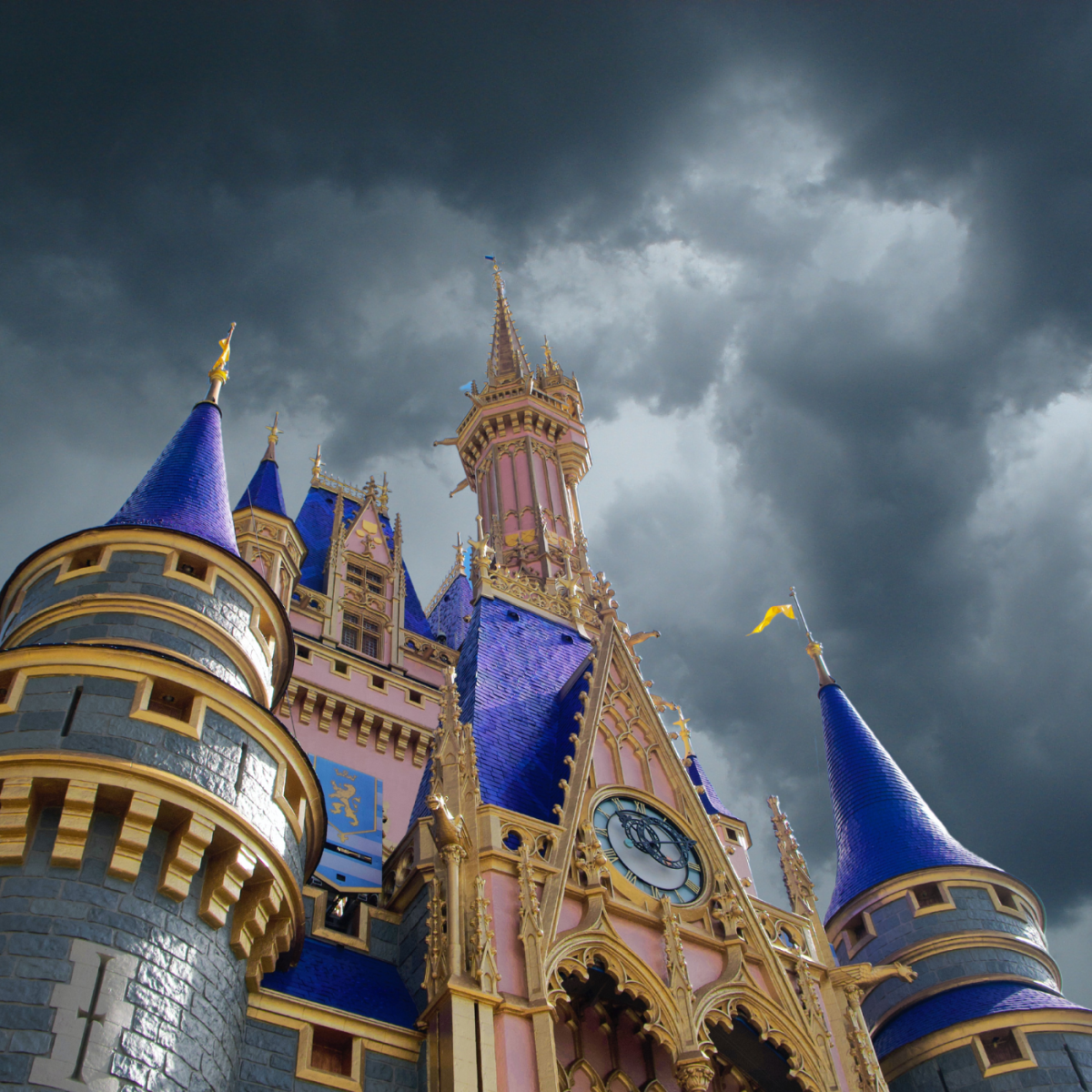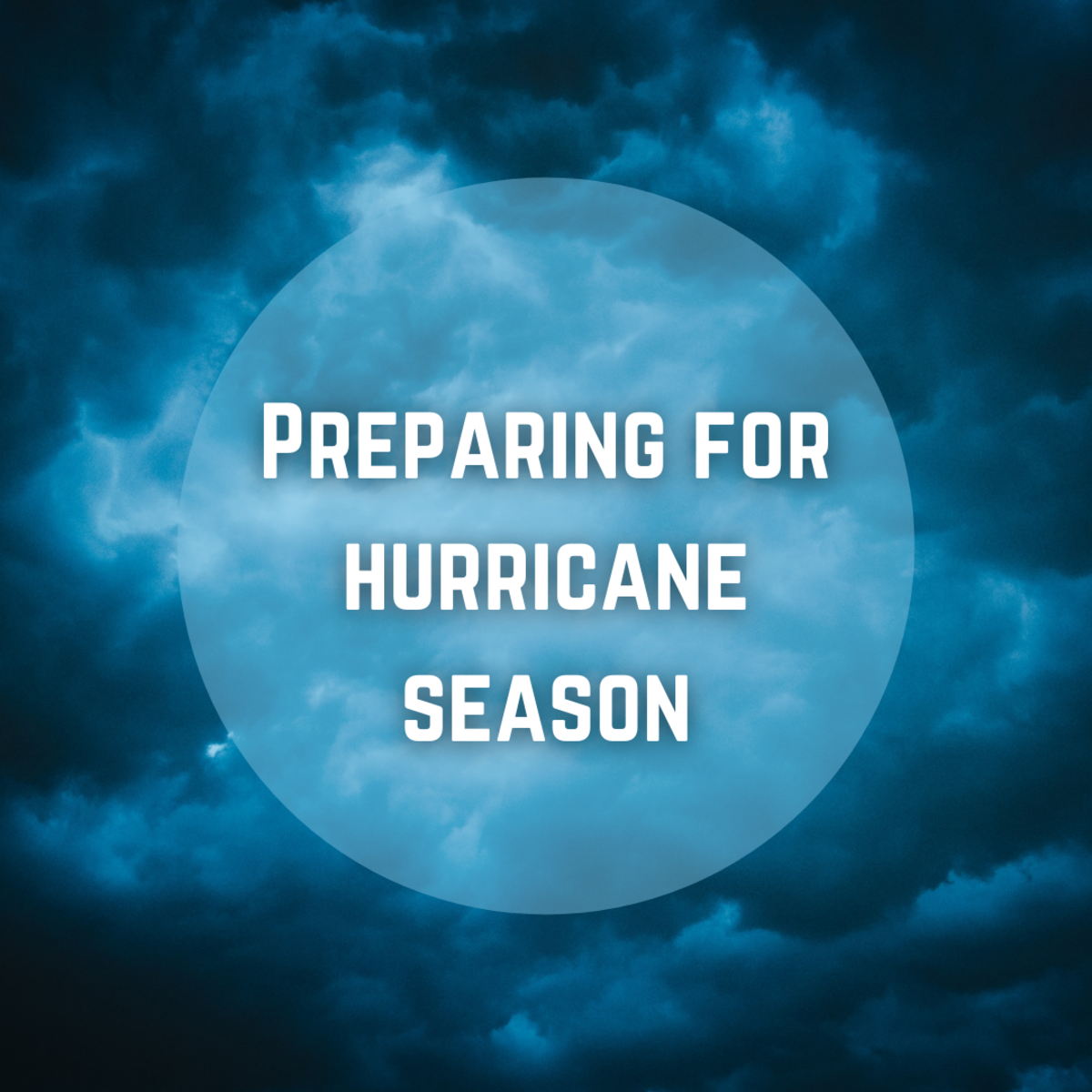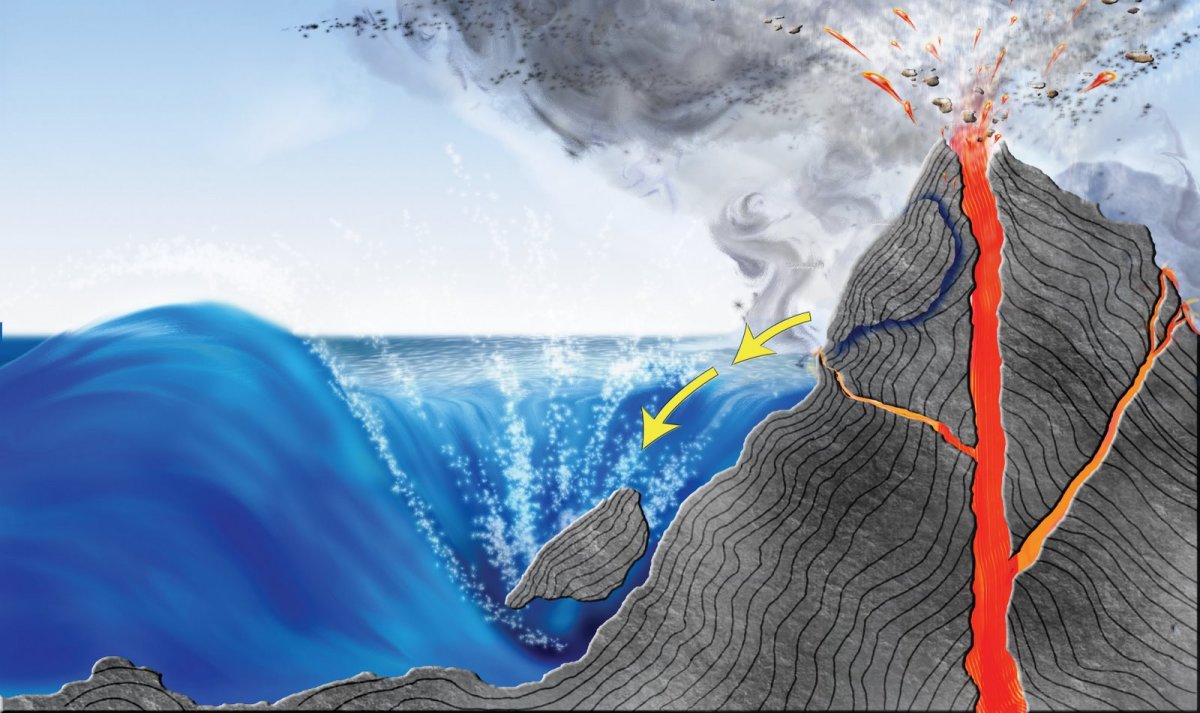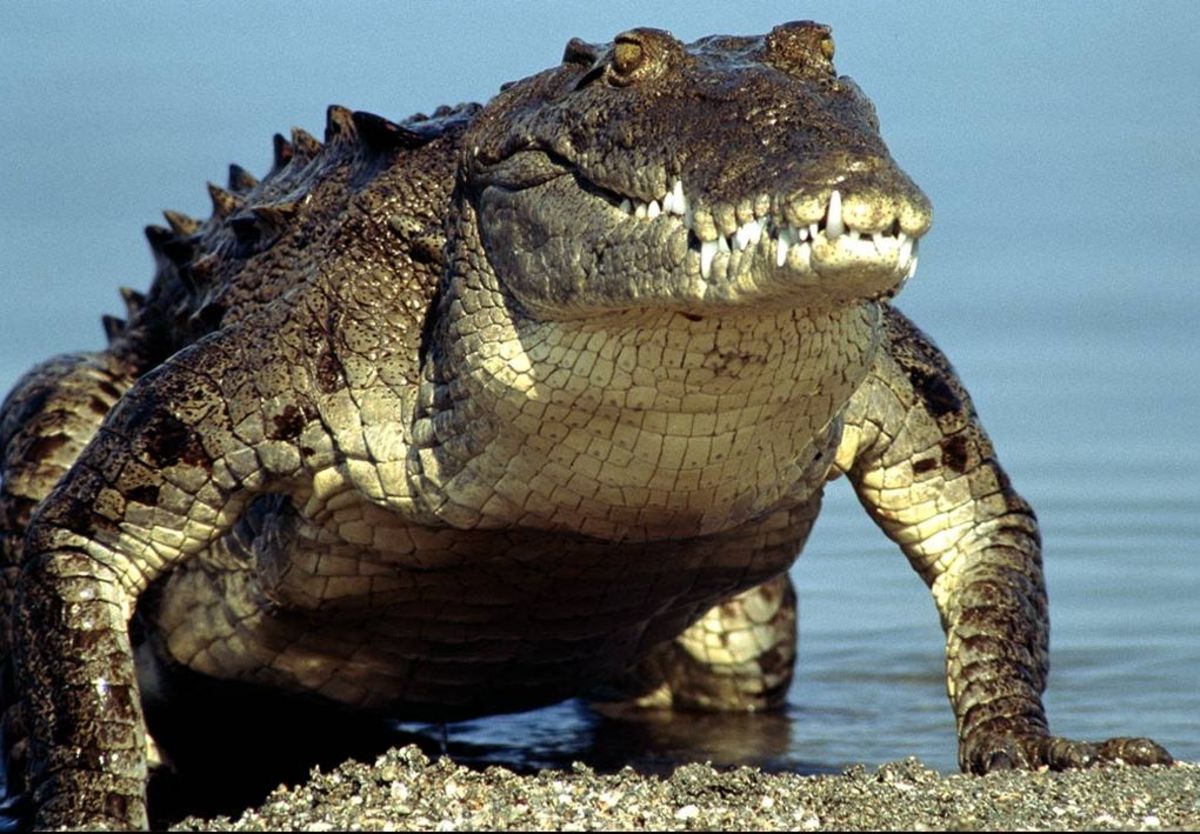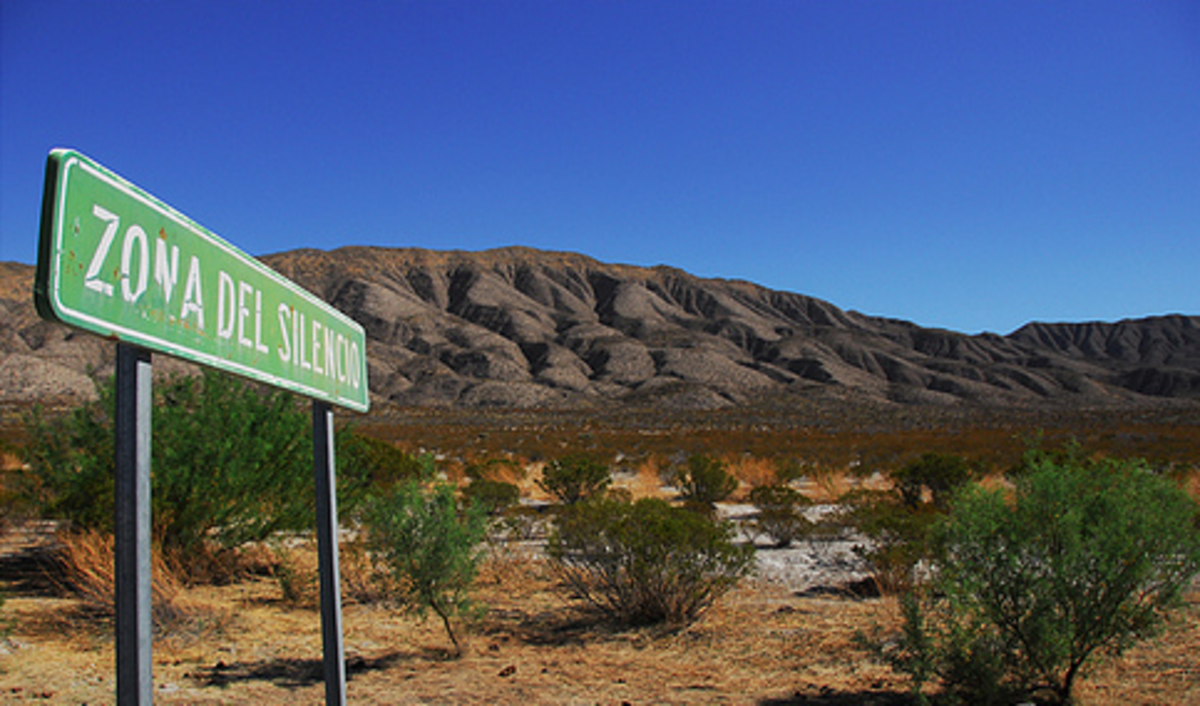Top 10 Deadliest Hurricanes

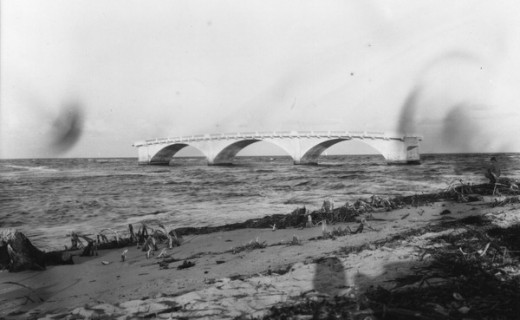
The Great Miami Hurricane was a Category 4 with sustained winds of 150 mph. It started out as a tropical cyclone on September 11, 1926 and did not dissipate until 11 days later. It affected the Turks and Caicos Islands, The Bahamas, Florida, Alabama, Mississippi, and Louisiana.
This was the costliest hurricane in history with damages totaling $164.8 billion (in 2010 dollars). The death toll is unknown. A minimum of 372 casualties were verified, but there may have been between 200 and 500 more.
There is a marker at the Woodlawn Cemetery in West Palm Beach, Florida in memory of the victims.

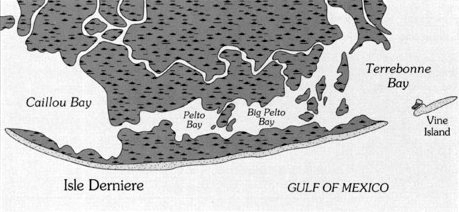
The 1856 Last Island Hurricane, also known as the Great Storm of 1856, started on August 9. At least 183 people died before it ever made landfall after boats in the area sank the in the rough waters. It was a Category 4 with sustained winds of 150 mph.
The storm surge was 12 feet deep and completely submerged Last Island. Before it was over the island actually split into two pieces.
13.14 inches of rain fell in New Orleans. The Mermentau River flooded and wiped out every house in the town of Abbeville. The total number of casualties is not known, but it was at least 200 at the very minimum.

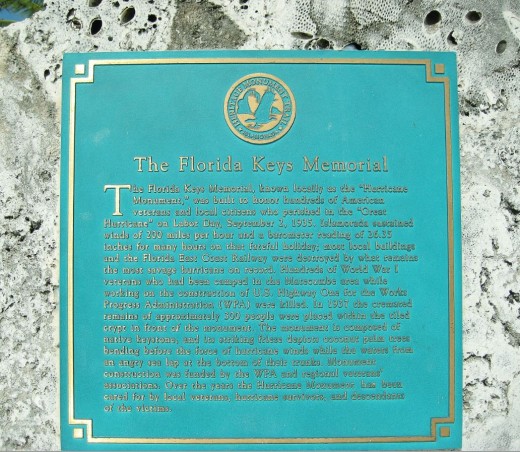
The Great Labor Day Hurricane of 1935 was the most intense hurricane to ever strike the United States. It was a Category 5 with sustained winds of 185 mph. It formed on August 29 and then made landfall the night of September 2, going across the Florida Keys to Miami. Fortunately, the Keys were not nearly as populated as they are today. The size of the storm was relatively small, but it lasted for 13 days.
The areas that were affected included the Bahamas, Florida, Georgia, South Carolina, North Carolina and Virginia. There were about 423 fatalities and $6 million ($104 million in 2016 dollars) in damage. Of the 423 casualties, 259 of them were World War I veterans working on a bridge in the upper Keys. There is a memorial dedicated to those men in Islamorada on U.S. Hwy. 1 at mile marker 82.

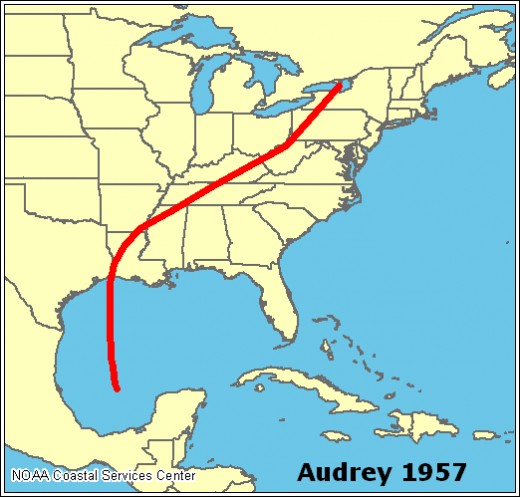
Hurricane Audrey started as a tropical wave in the waters in the southern part of the Gulf of Mexico on June 25, 1957. It moved north, gaining strength along the way. By the time it made landfall between the Sabine River and Cameron, Louisiana, it had 125 mph sustained winds.
Before reaching the mainland, Audrey did major damage to offshore drilling operations in the Gulf. The damages were estimated at $16 million. As in most cases, the storm surge was responsible for most of the deaths. At least 416 people were killed and property damage estimates were close to $147 million.
Unclaimed bodies were buried in a mass grave at Combre Memorial Park in Lake Charles, Calcasieu Parish.

The Georgia/South Carolina Hurricane occurred on August 27th and 28th in 1881. The hurricane made landfall just south of Savannah, Georgia. It was a Category 2 with sustained winds around 105 mph. It moved west into central Georgia before weakening to a tropical storm.
There was significant flooding and the storm surge was approximately 15 feet high in Beaufort, South Carolina. There was a lot of structural damage and a great loss of crops. The loss of life was calculated at a little over 700 people.

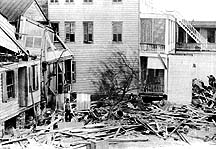
Two of the top ten hurricanes to happen in the United States occurred in 1893. The first was on August 27 and struck near Savannah, Georgia. Between 1,000 and 2,000 people lost their lives. Most of them drowned in the storm surge.
The Sea Islands Hurricane formed on August 15 and finally broke apart on September 2. It was a Category 3 hurricane with sustained winds of 120 mph. In 1893 dollars it did around one million dollars in damage in Georgia and South Carolina.
Damage was reported along the coast all the way to Maine.

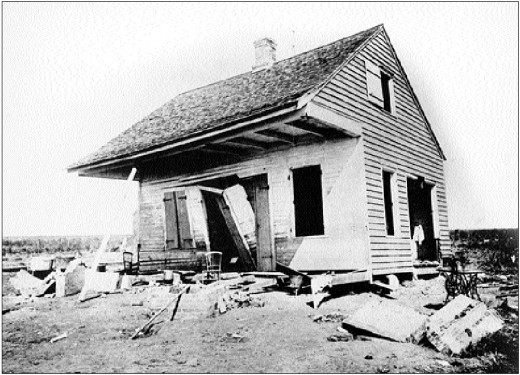
The island of Chénière Caminada in Louisiana was devastated by a hurricane nicknamed the Great October Storm in early October of 1893. There were an estimated 2,000 people killed. It struck on October 1st and 2nd with the winds peaking at 135 mph.
The fishing community of Caminadaville was wiped out. Of the 1,500 residents, 700 of them were killed and their bodies found strewn all over the island. Nearly every building in the town was flattened. In one building alone 76 people died when the building collapsed on top of them.
Many of the dead were swept out to sea. The bodies that were recovered were buried in mass graves. The graves are still visible near Grand Isle just off Louisiana Highway 1.
Approximately 2,000 people all along the Gulf Coast had lost their lives before it was over.

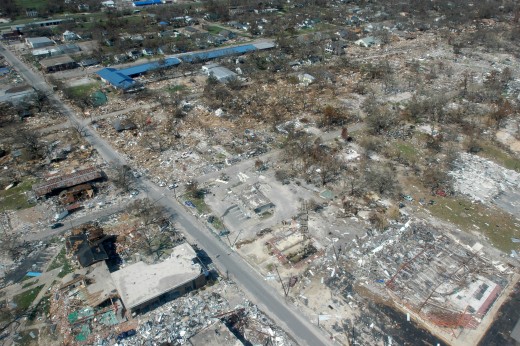
Hurricane Katrina was one of five named hurricanes during the 2005 Atlantic hurricane season. The storm crossed the Gulf of Mexico on August 26 and strengthened to a Category 5 with winds up to 175 mph. Severe destruction occurred from central Florida to Texas along the Gulf Coast. The damage was caused by the storm surge and the subsequent levee failures.
Over 90% of Mississippi beachfront towns were flooded with water reaching up to 12 miles inland causing 238 deaths. In Louisiana there were more than 50 breaches in the hurricane surge protection when Katrina struck on August 29. Two-thirds of the 1,577 deaths were contributed to the levee failures.
There are 705 people who were reported missing after the hurricane that have never been found. There were 80 bodies that were buried without ever being identified.

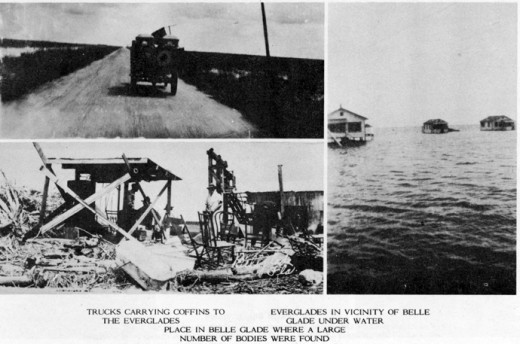
The Lake Okeechobee Hurricane was the only major hurricane of 1928. The Category 4 storm hit Guadeloupe on September 12 and caused 1,200 deaths. On the evening of September 13 the storm had reached Category 5 status andt slammed into Puerto Rico. There were 312 deaths and a half million people were left homeless.
The slow moving storm finally made landfall in the United States on September 17 when it hit near West Palm Beach, Florida. With sustained winds of over 145 mph, over 1,711 homes were destroyed. The greatest impact was around Lake Okeechobee. The lake overflowed on the southern end and hundreds of square miles were flooded by as much as 20 feet. An estimated 2,500 people drowned.
The system finally weakened to a tropical storm and when it was over, there were at least 4,079 dead and $100,000,000 in damage.
Approximately 675 African Americans and those of unknown race were buried in a mass grave at the intersection of 25th Street and Tamarind Avenue. It was put on the U.S. National Register of Historic Places in 2002, listed as The Hurricane of 1928 African American Mass Burial Site.

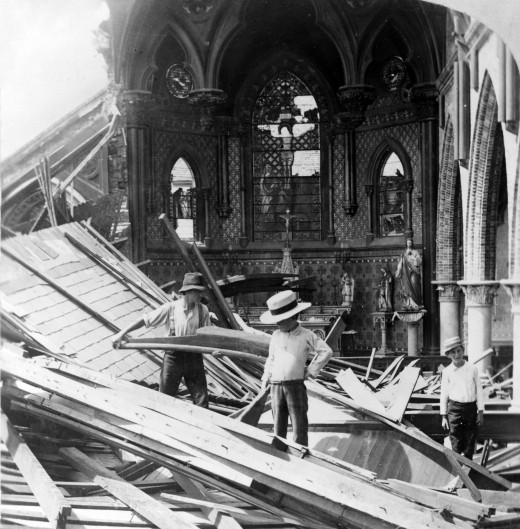
The deadliest hurricane in United States history made landfall on September 8, 1900 in Galveston, Texas. The storm was a Category 4 with sustained winds of up to 145 miles per hour.
There were contradictions in the weather forecasts in the days leading up to the hurricane and the residents of Galveston were not worried until September 7 when the official hurricane warning was announced.
Early the next morning a 15-foot storm surge poured over the city. Galveston was only eight feet above sea level and the surge knocked the buildings from their foundations. More than 3,600 homes were destroyed. The locals called the hurricane “The Great Storm” or “The 1900 Storm.” The loss of life was so great that there is no way of telling exactly how many people lost their lives. The death toll is commonly cited to be between 6,000 and 12,000 people. At the time, the population of Galveston was 36,000.
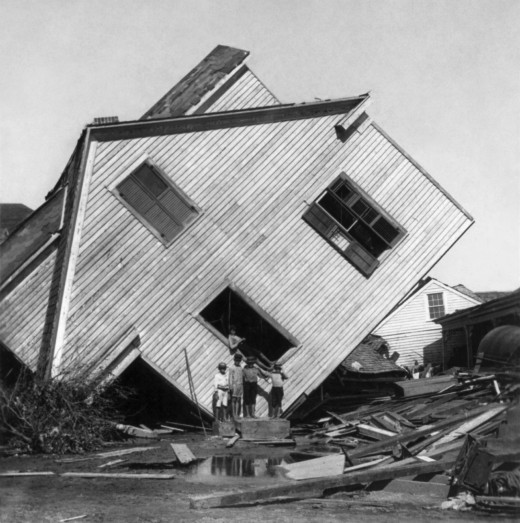
There were too many dead to bury in Galveston’s cemeteries so railroad barges became funeral barges and they carried the bodies into the Gulf of Mexico. There were at least 700 bodies that were weighted down so they would not float back to shore. Unfortunately, many of the bodies did wash ashore the very next day. They were cremated along with many others.

